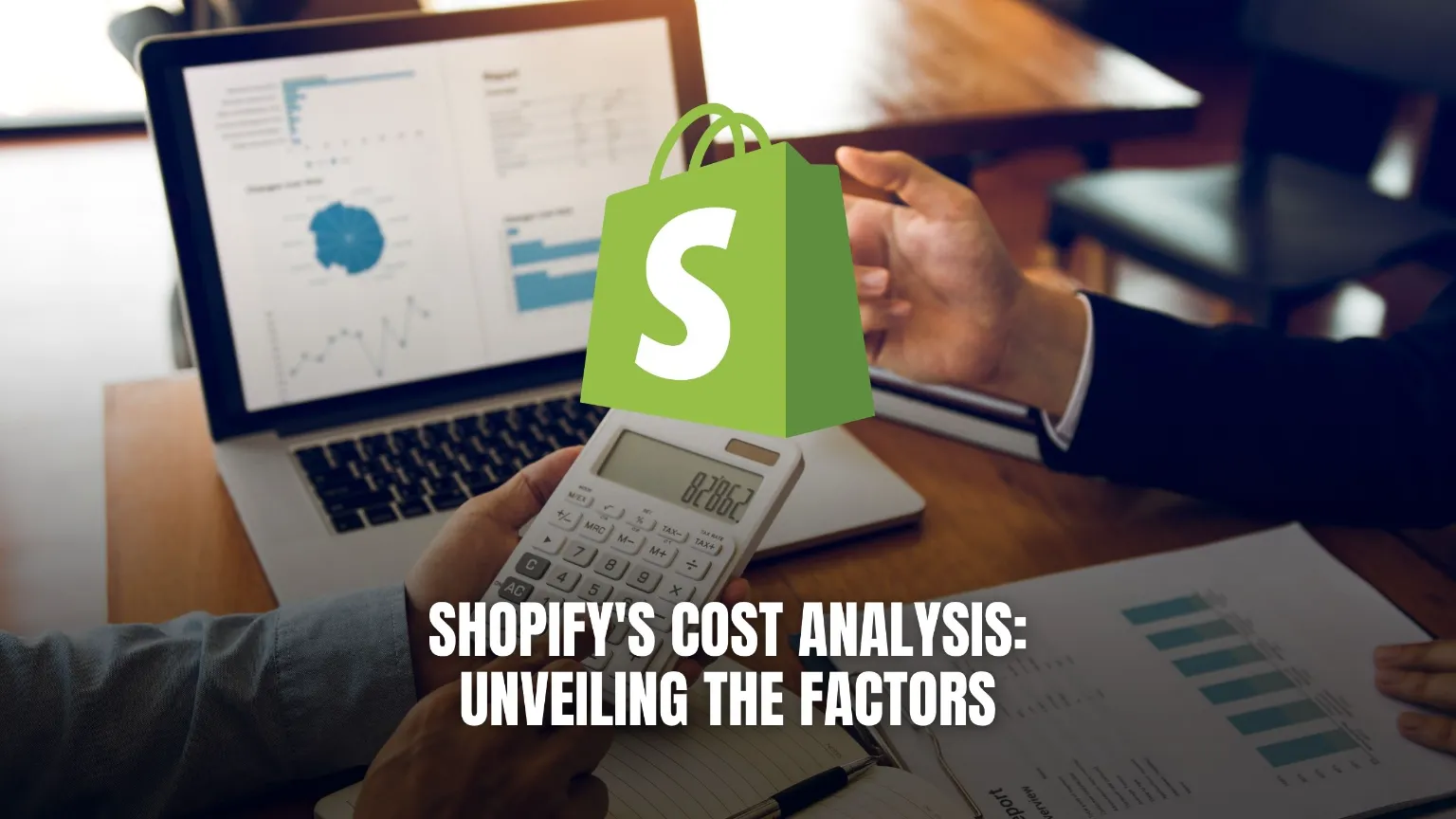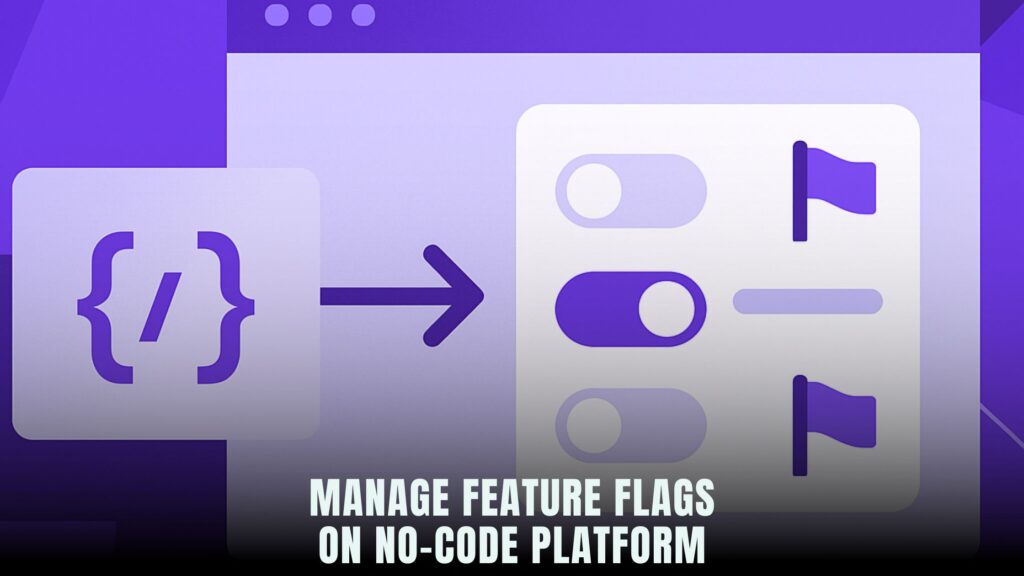Shopify’s Cost Analysis: Unveiling the Factors


Shopify’s Cost Analysis: Unveiling the Factors
When considering the cost of using Shopify as an e-commerce platform, several factors come into play, influencing the overall expenses incurred by merchants. In this comprehensive analysis, we’ll delve into the various elements that contribute to Shopify’s pricing structure, helping entrepreneurs understand why Shopify may seem expensive and whether it’s worth the investment for their business.
1. Subscription Plans
Shopify offers a range of subscription plans tailored to different business needs, from Basic to Advanced. Each plan comes with its own set of features and pricing, allowing merchants to choose the plan that best aligns with their budget and requirements. While the monthly subscription fees may seem daunting, Shopify’s plans include hosting, security, and support, providing value beyond just the software itself.
2. Transaction Fees
In addition to monthly subscription fees, Shopify charges transaction fees on each sale made through the platform. These fees vary depending on the chosen plan, with higher-tier plans often featuring lower transaction fees. While transaction fees can add up, especially for high-volume sellers, Shopify’s robust e-commerce features and scalability make it a worthwhile investment for businesses looking to grow.
3. App Marketplace
Shopify’s extensive App Marketplace offers a wide range of third-party apps and integrations to enhance the functionality of your online store. While many apps are free or offer affordable pricing plans, some premium apps may come with additional costs. Merchants should carefully evaluate their app requirements and budget accordingly to avoid overspending on unnecessary apps.
4. Customization and Development
While Shopify provides an intuitive drag-and-drop interface for building and customizing your store, some merchants may require additional customization or development work to achieve their desired look and functionality. Hiring Shopify experts or developers to implement customizations can incur additional expenses but may be necessary for businesses with specific design or functionality requirements.
5. Marketing and Advertising
Successfully selling products on Shopify often requires investment in marketing and advertising efforts to drive traffic and sales. Whether through paid advertising channels like Google Ads or Facebook Ads, or through organic methods like SEO and content marketing, allocating budget for marketing initiatives is essential for growing your Shopify store and maximizing ROI.
Recommended SaaS Products
Before concluding, let’s explore some recommended SaaS products that can complement your Shopify store and help you optimize your e-commerce operations:
- Shopify: As the leading e-commerce platform, Shopify provides everything you need to start, grow, and manage your online store, from customizable storefronts to secure payment processing.
- Google Ads: Boost Shopify store traffic using Google Ads, targeting potential customers with impactful campaigns across the Google network.
- Facebook Ads: Use to expand reach and engage your audience on social media, effectively promoting products and growing customer base.
Now, let’s proceed to the conclusion.
Conclusion
In conclusion, Shopify’s pricing structure is influenced by various factors, including subscription plans, transaction fees, app costs, customization needs, and marketing expenses. While Shopify may seem expensive at first glance, its robust features, scalability, and ecosystem of apps and integrations make it a valuable investment for businesses looking to establish a professional online presence and drive sales.
Optimize Your Shopify Costs with Subscribed.fyi!
Ready to optimize your Shopify costs and maximize your ROI? Subscribed.fyi offers exclusive deals on essential SaaS tools for managing your e-commerce business. Sign up for free today to unlock savings on Shopify apps, marketing tools, and development services. Streamline your expenses and grow your Shopify store with Subscribed.fyi!
Relevant Links:











